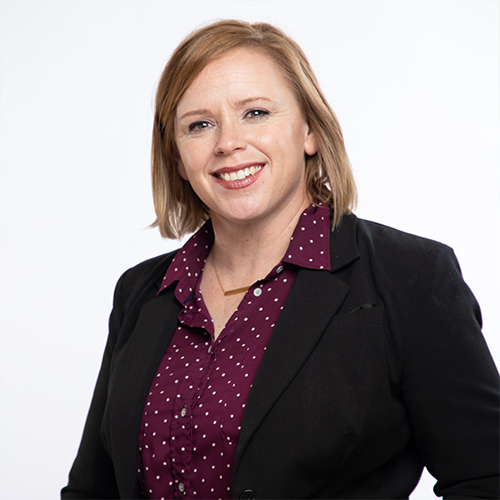The DBD grant team has reviewed A LOT of grant proposals over the years – and we mean a lot! We’ve also talked with grant makers from around the country about what they like to see and what makes them cringe. Here are the top five common mistakes we’ve seen and suggestions to lead to more successful outcomes.
1. Asking for too much money.
The easiest approach is to ask one funder to provide the entire amount needed for a project. However, the easiest isn’t always the best. Grantmakers often want to see other support for the project beyond their funding. Very few grant makers will fund more than 25-50% of the total project cost. So be sure to seek out multiple sources of funding. Another tip is to make sure the total project cost is reflected in the budget. If you are expanding your afterschool program to an additional site, make sure you include all the costs to start the new program such as space use, staffing and volunteer costs, not just new items like computers or games.
2. Asking for too much money.
This is so important it shows up twice! Make sure your request is in line with the grant maker’s giving range. That means that if a foundation has a typical giving amount of $5,000 to $10,000 per organization, don't ask for $100,000. How might you find out their typical giving range, you wonder? Some organizations will have information like that listed on their website. If not, you can review the foundation’s 990s at guidestar.org to see to whom, amounts, and sometimes project categories funded by that foundation. In addition to doing this homework, the best advice is to contact the grant maker (when allowable) to talk through your project and ask what amount they recommend for you to request.
3. Sending in proposals without establishing a contact/relationship
Blindly sending in applications to funders is almost always a guarantee of a “declined” outcome. Recently one large grant maker from Nebraska told us, “If we have never heard from the applicant or built the relationship, we won’t fund an application…we want to get to know the ‘who’ behind the ask.” Watch for an upcoming blog where we will give you some tips on how to make connections and prepare for the initial meeting. In terms of the actual content of the application, understanding what is important to the grant maker, giving amount, and what they fund will help you as you draft a winning proposal. Pay attention to the questions they ask and make sure you cover those in your narrative.
4. General language vs data-backed examples
Which do you think is stronger?
a. Because of a tremendous need in our area, we are seeking funding to start an after-school program for low-income youth.
b. In the Lincoln Elementary school district, 90% of the students qualify for free and reduced lunches, 45% do not meet basic proficiency standards in math and science, and the majority go home to an empty house after school with nothing in the cupboards. In partnership with the school district, local college, and the USDA food program, we are seeking funding to provide a free STEM-based out-of-school enrichment program to serve 250 students at Lincoln elementary beginning the fall of 2021.
Make sure you back general statements with specifics about your program. Using data to help define the need you are addressing is powerful. Some reviewers respond to data and other to stories, so include a balance of both.
5. Inconsistency
Speaking of data, make sure the numbers you use match up. This means doing the homework of compiling data first and using the same numbers throughout. For example, a grant I recently reviewed indicated in an early answer that by building new facilities, they would increase their license capacity to serve 400 kids per day and in a later answer they indicated they already serve 400 kids per day. This makes reviewers wonder.
Also pay attention to budget numbers making sure everything adds up and aligns with the budget and narrative documents and explain any discrepancies. In another recent grant application, the organization was requesting funds to renovate a 45,000 sq ft facility and build a 65,000 sq ft addition and indicated the total finished space was 122,000 sq ft. No need for a calculator, that doesn’t add up any way you figure it. However, in the 65,000 sq ft addition, there is 12,000 sq ft of finished upper space that is counted in the total finished sq ft of the project. It just needed explaining.
Allowing plenty of time, paying attention to details/requirements, and having someone not familiar with the project review your grant before submitting round out other simple tips to help improve your grant funding success rate. We’d like to hear from you: comment below if you have some great stories about grant dos and don’ts. And if you need some help with grant writing, DBD is here to help!
Photo: Steve Buissinne from Pixabay

